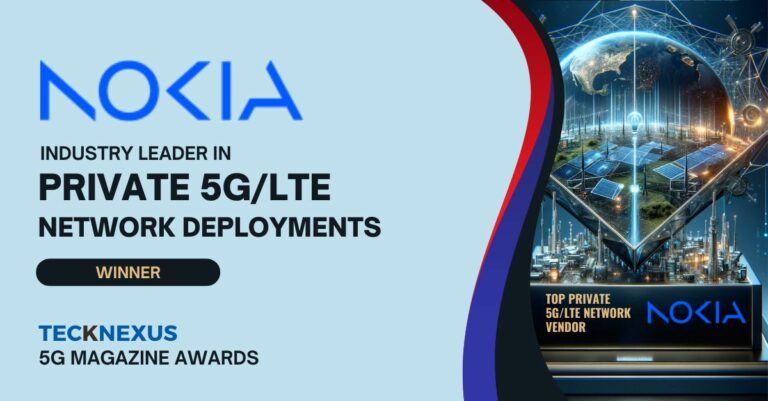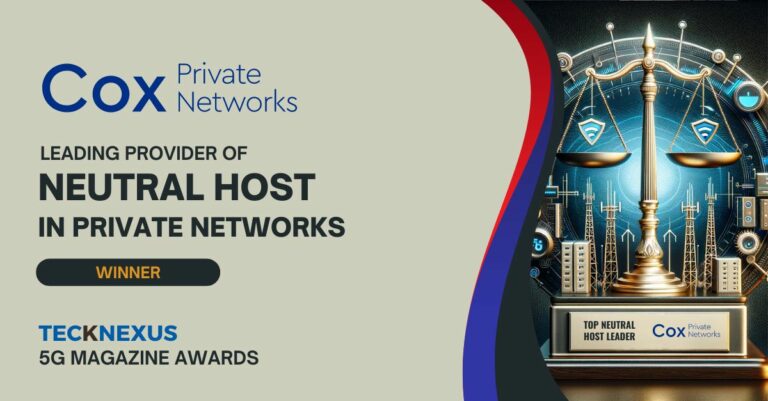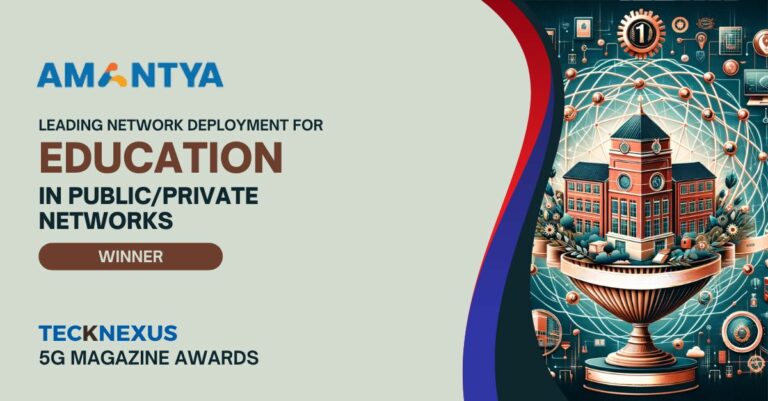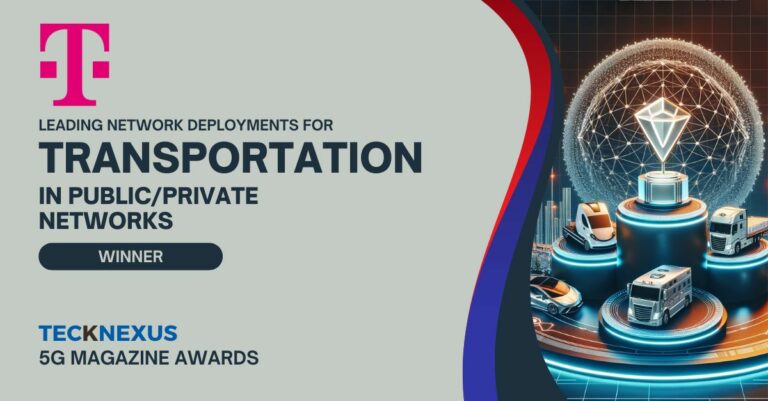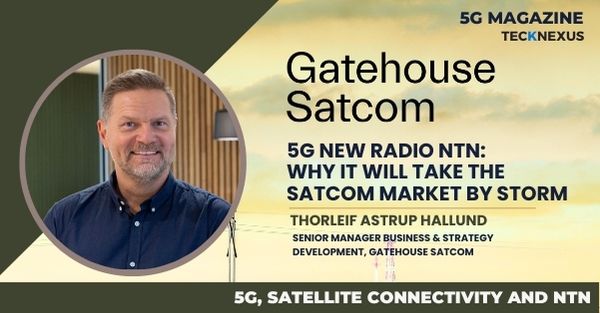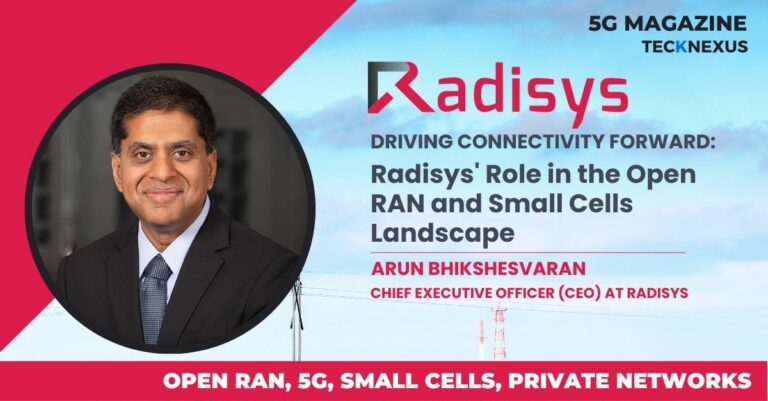5G represents a significant shift in how we connect to the world around us and has the potential to completely transform the way we live, work, and play. The ground-breaking technology is set to revolutionize the various sectors of industry by delivering multi-Gbps data speeds, massive network capacity, and ultra-low latency guaranteeing high security, reliability, and service availability.
Yet behind the scenes, there are still several factors that could strongly impact just how transformative this technology will be in years to come. In the end, it will all boil down to one single question:
How will mobile network operators succeed in 5G monetization?
5G network rollouts are now sprouting around the globe as operators get to grips with the potential of new enterprise applications. These applications are rapidly developing in areas such as automation in production, mining, and factories; smart harboring and supply chain visibility, self-driving cars, and sophisticated B2B solutions within finance, healthcare, and logistics, and are the new critical services in focus for 5G deployments and rollouts.
As exciting as these are, the applications bring new real-time and availability requirements to 5G networks. Real-time applications like self-driving cars and remote workflows in different industries and automation in production require not only low latency but also a secure and resilient infrastructure that ensures service availability 24/7. These new applications represent huge potential value for 5G operators but there are still hurdles that need to be overcome for this value to materialize.
Realtime services and applications place new demands on overall network performance and reliability. As a result, mobile operators are under pressure to improve their networks to ensure a high-quality user experience supported by high service availability.
5G – A new network that requires a futureproof approach
5G is not just an evolution of technology, it is an entirely new network requiring a new approach to scalability, manageability, network operations, and security. Only through a deeper understanding of the concerns that are connected to this new network architecture can successful 5G rollouts be achieved.
Many mobile operators are faced with the problems of trying to bridge legacy and new 5G equipment, creating complex heterogeneous network environments. Such environments risk increasing OPEX (operational cost) and complexity and threaten their operational reactivity and adaptability to change.
The way for mobile network operators to address the complexity of the multivendor telecom environment is to turn to open and disaggregated solutions, meaning embracing open standards, open APIs (Application Protocol Interface), and solutions that work separated from and independent of underlying network infrastructures. Not only will this approach help decrease the network complexity – it will also contribute to the effective usage of existing networks and avoidance of vendor lock-in and costly forklift upgrades.
A completely new yet fundamental function in 5G TDD (Time Division Duplex) networks that have not been widely discussed is time synchronization. Depending on which solution mobile operators will rely on, it will severely affect the security, performance, complexity, and cost of 5G networks. Current network-based time synchronization solutions are also inherently tied to the physical transport layer and violate the fundamental open and disaggregated principles of modern networks.
Accurate Time – A mission-critical capability for successful 5G networks
5G TDD (Time Division Duplex) in contrast to 4G FDD (Frequency Division Duplex) networks, require very precise time synchronization to provide high network performance and ensure service availability. Without accurate time, it becomes impossible to launch new valuable and mission-critical applications and services, making time synchronization a key network capability for 5G monetization. There are two main options to distribute time in 5G networks, GPS/GNSS and the IEEE standard PTP (Precision Time Protocol), but both have critical challenges when it comes to cost and security.
GPS/GNSS becomes a threat to security and service availability
Many network operators have relied on GNSS/GPS for time synchronization, but these systems are very vulnerable to jamming and spoofing attacks. Over the last five years, intentional jamming and spoofing have increased over 1000 times and are expected to be even more common in the years to come. This is threatening service security, availability, and national sovereignty. As an effect, some international regulators (e.g., EASA) and governments (e.g., Sweden and Vietnam) have already mandated the implementation of solutions that are independent of and do not rely on satellite signals to improve security and reliability in 5G networks.
IEEE standard PTP has scalability limitations that drive CAPEX and OPEX
To handle the new strict requirements for accurate time in 5G using the IEEE standard PTP (IEEE1588) requires full on-path PTP support in each node and line card everywhere in the network. This increases complexity and OPEX and often requires significant forklift upgrades (CAPEX) of the network.
Lack of accurate time threatens 5G TDD rollouts
Current PTP solutions cannot provide accurate time over leased line capacity. Since most operators use leased lines in parts of their networks, this has, in several countries, prevented a fast rollout of TDD in 5G networks. Without TDD, spectrum efficiency and performance of 5G networks are significantly reduced, which strongly impacts operators’ 5G business cases.
Securing 5G RoI through effective network operations
Over the last decade, operators have realized the importance of telemetry for network monitoring and visualization of the health and status of their network. These capabilities also have a direct impact on 5G RoI, as the ability to reduce the time for troubleshooting and remedy is directly related to service security and availability. Synchronization is no exception. Such a critical influencer on quality of service needs to be monitored, measured, and visualized in real-time to proactively find problems and provide leading indicators for optimal network planning.
Precision TimeNet – Designed for future mobile networks
Precision TimeNet is an innovative solution that effectively solves time synchronization in 5G TDD networks by leveraging existing telecom networks without requiring further capital investments (CAPEX). The solution embodies all the key components that make an accurate timekeeper a future-proof choice for the world’s mobile networks.
Independent time distribution over existing network
A more secure alternative to GNSS/GPS synchronization in 5G TDD networks is to choose an in-network solution that is immune to spoofing and jamming. PTP has been the obvious choice but does not provide the accuracy needed for 5G over existing networks without full hardware support in every network node. Precision TimeNet works independently of GPS/GNSS and is designed to provide accurate time synchronization in mission-critical networks with high availability and security. The solution disaggregates time to transfer from the physical transport, transforming time into an end-to-end service over existing IP/MPLS networks. This also makes it possible to provide accurate time over leased lines, facilitating faster 5G TDD deployments.
The market’s most open 5G synchronization
Precision TimeNet is a disaggregated overlay timing solution that works independently of network components, network capacity, and network layers, effectively allowing mobile network operators to benefit from virtualization and cloud solutions. It follows the common open, end-to-end network principles with open APIs that make it independent of network architecture or equipment vendors. A disaggregated synchronization will also fit better into future OpenRAN and virtualized cloud models.
Visibility and metrics to secure service availability and reduce OPEX
The Precision TimeNet solution enables active monitoring of 5G synchronization over any network infrastructure, including leased lines. This effectively allows mobile network operators to optimize synchronization and network configuration which reduces trouble-shooting response times and achieves better service availability and overall network efficiency. The result is an always-on, high-performing synchronization solution, effectively providing accurate time distribution out to all base stations, independent of the underlying infrastructure. Through the centralized collection of all real-time metrics, combined with self-learning elements, the Precision TimeNet Controller provides support for sophisticated traffic planning based on network-specific changes in network traffic patterns.
Steps to cost-effective and future-proof 5G synchronization
To fully profit from the 5G era, operators must increase their awareness and understanding of the significance of accurate time in the 5G TDD network. This can be achieved by asking the following key questions:
- What requirements do new critical services and applications introduce in 5G networks in terms of increased security, service availability, reliability, and resiliency?
- How will these new requirements impact the network’s ability to provide accurate time in the Backhaul and out to the Fronthaul and Radio Access?
- How does GNSS/GPS dependency threaten to affect and damage RoI?
- When will cost and complexity due to 5G synchronization investments threaten to overturn the business case in the 5G network rollout process?
Constant review of these questions can help foster an in-depth understanding across operators’ organizations. Act accordingly to secure 5G network investments and enable the successful implementation of new critical services that will make significant contributions to ROI
Responsibility and ownership
Operators must take full ownership of the 5G synchronization end-to-end by choosing a solution that works over any network infrastructure, including leased lines, to securely provide SLAs, critical service availability, and reliability. They must ensure that the solution supports heterogeneous network environments to avoid vendor lock-in and unnecessary fork-lift upgrades and enable the seamless introduction of new services and applications.
Security and reliability
Since time is a fundamental feature in 5G TDD networks to ensure service availability and performance, it also becomes a potential target for attacks. Many 5G networks still use GPS/GNSS as the primary synchronization source, and GNSS has become a primary target in many geo-political conflicts. The number of jamming incidents has increased over a thousandfold during the last five years. In conflict areas like Syria and Ukraine, GNSS signals are constantly jammed and also spill over to adversely affecting neighboring countries. Architecting a reliable and redundant synchronization solution is becoming increasingly important to ensure the highest service availability and 5G performance. Several countries have recently mandated GNSS/GPS independence in 5G networks as a requirement for maintaining the 5G license to ensure national security services and sovereign control.
Learning through measuring
Through continuous measuring of time data on different network intelligence levels (both on a node level and centrally) and identifying which key metrics to focus on, proactive and effective network evaluation and troubleshooting can be performed. Measuring and visualizing time-specific and real-time metrics is key to gaining more in-depth network insights to help optimize network performance and service availability. Through a 5G synchronization solution that is supported by open APIs and a centralized controller/analyzer, thousands of real-time metrics can be collected every second.
Improving through learning
The combination of real-time measuring and centralized intelligence will allow operators to identify network performance gaps and quickly find their root causes. This can lead to proactive improvements and synergies across platforms that will help resolve issues in the full network. With continuous improvements made through learning, it will become a much easier reality to assure secure and reliable end-to-end service availability in 5G networks.
Cost-effective investment
With in-depth knowledge of network overall performance through key time data metrics, network planning and optimization can be made. This will allow for proactive, cost-efficient network investment planning in critical areas.
























